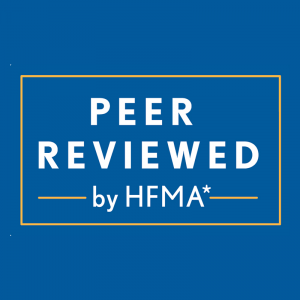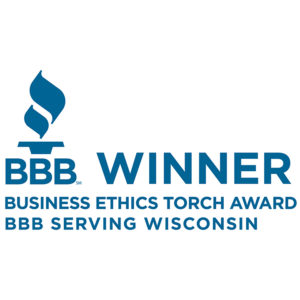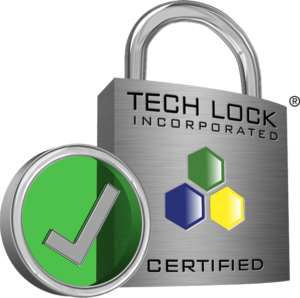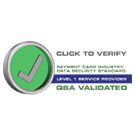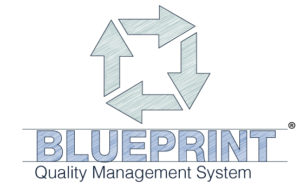In previous newsletters, we have shared articles showing the utilization of scoring models with several levels of measurement and somewhat layered degrees of accuracy and difficulties within each. There are mathematical processes built to measure each model’s ability to segregate positive and negative outcomes based on the desired results. A very common measurement of a scoring model’s accuracy is known as the Kolmogorov-Smirnov, or KS, score.
The KS score measures the success of the model itself in its ability to accurately predict the desired outcome and to separate accounts with the highest probability of positive and negative outcomes while leaving as few accounts in the middle as possible. This separation of accounts is key to a successful model. Beyond the KS score and measurement of the model’s ability to predict the desired outcome, we need to measure how effective we are at applying the model into our workflows to increase recovery rates and/or reduce the cost of servicing various types of accounts receivables.
There are many score models available on the market today and we see a wide variety of them in use by our clients and consulting groups. These models help isolate accounts that are most likely to pay or are in need of some financial assistance. Often, we are asked for reporting that measures our results against the various scored segments of inventory. We check on those results frequently to optimize the effectiveness of our collections processes and to assist with charity write-offs. It is not uncommon to find liquidation rates ten to twenty times higher in the highest scored segments when compared to accounts within the lowest score segments. These additional recovery results greatly assist in deciding how to apply scores and resources to your AR, in order to maximize results.
Of course, it is important to keep the use of scoring models in perspective. Recognizing that there are certain minimum required actions, particularly with healthcare recoveries and newer regulations, is important when integrating scoring into the workflow for your accounts. Beyond those requirements and as resources become available for additional recovery efforts, it is wise to apply more resources to the accounts most likely to provide a return on that investment or direct you to those accounts most in need of financial assistance. Be sure to check your internal policies and auditors before implementing such changes around financial assistance.
About State Collection Service, Inc.
Since 1949, State Collection Service has provided quality collection service to countless healthcare organizations.
Through experience and innovation, State Collection Service has grown to become a tremendously credible and nationally-recognized collection agency offering services from pre-registration to bad debt. It is upon the basis of ethical behavior and a dedication to integrity that each State Collection Service employee works to uphold the company’s vision – Partnerships for a Lifetime.
*This article first appeared in “A State Collection Service, Inc. Newsletter Volume 21, Issue 2, Second Quarter 2015”




